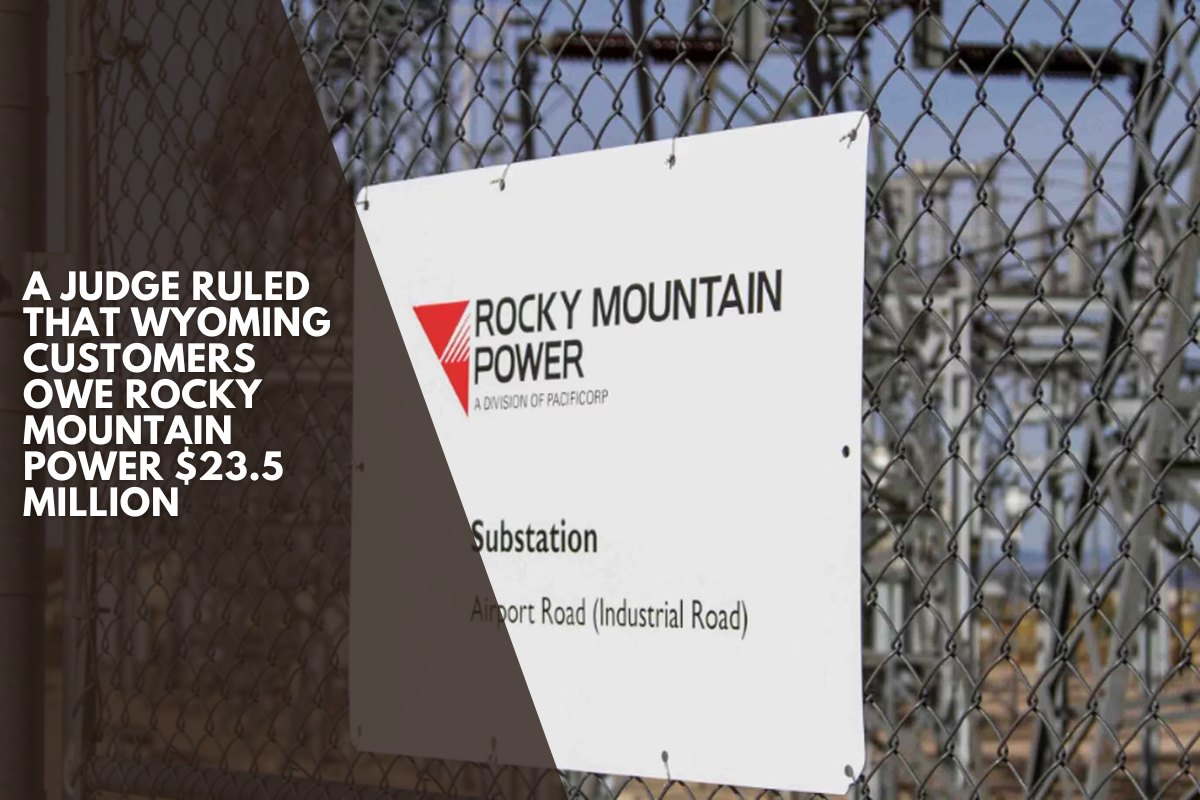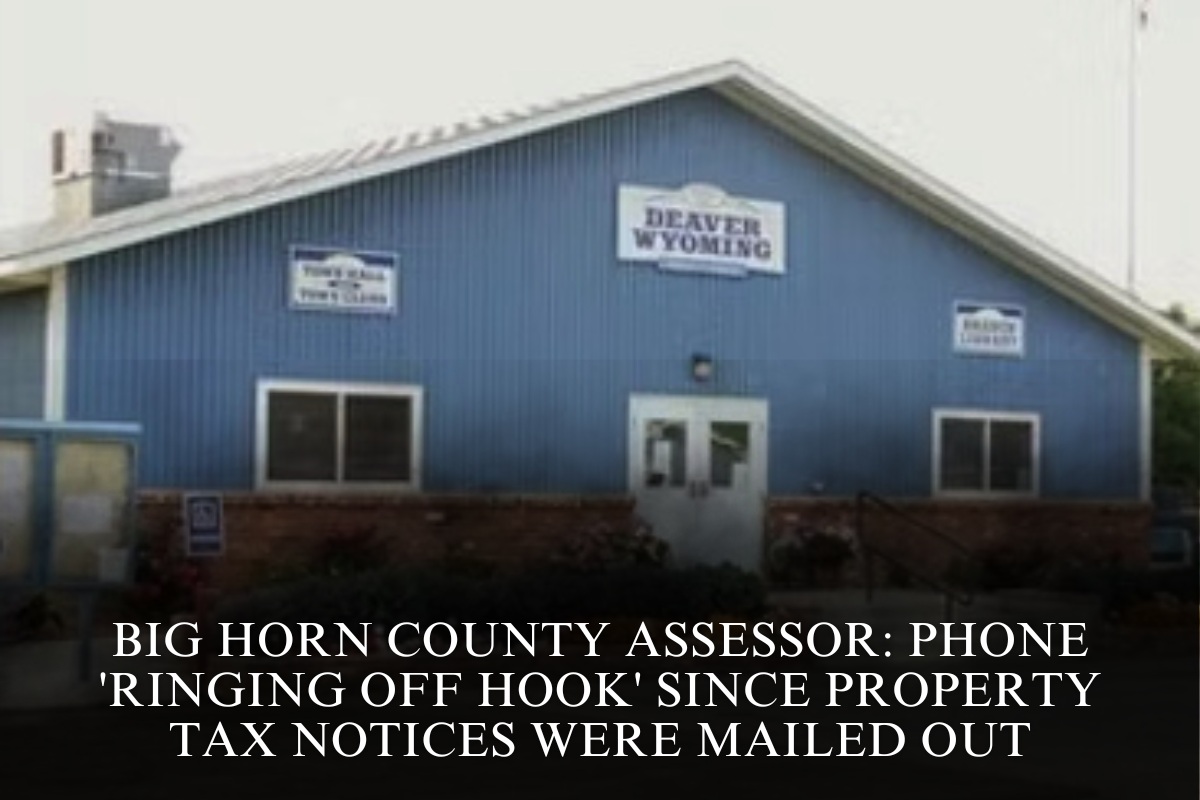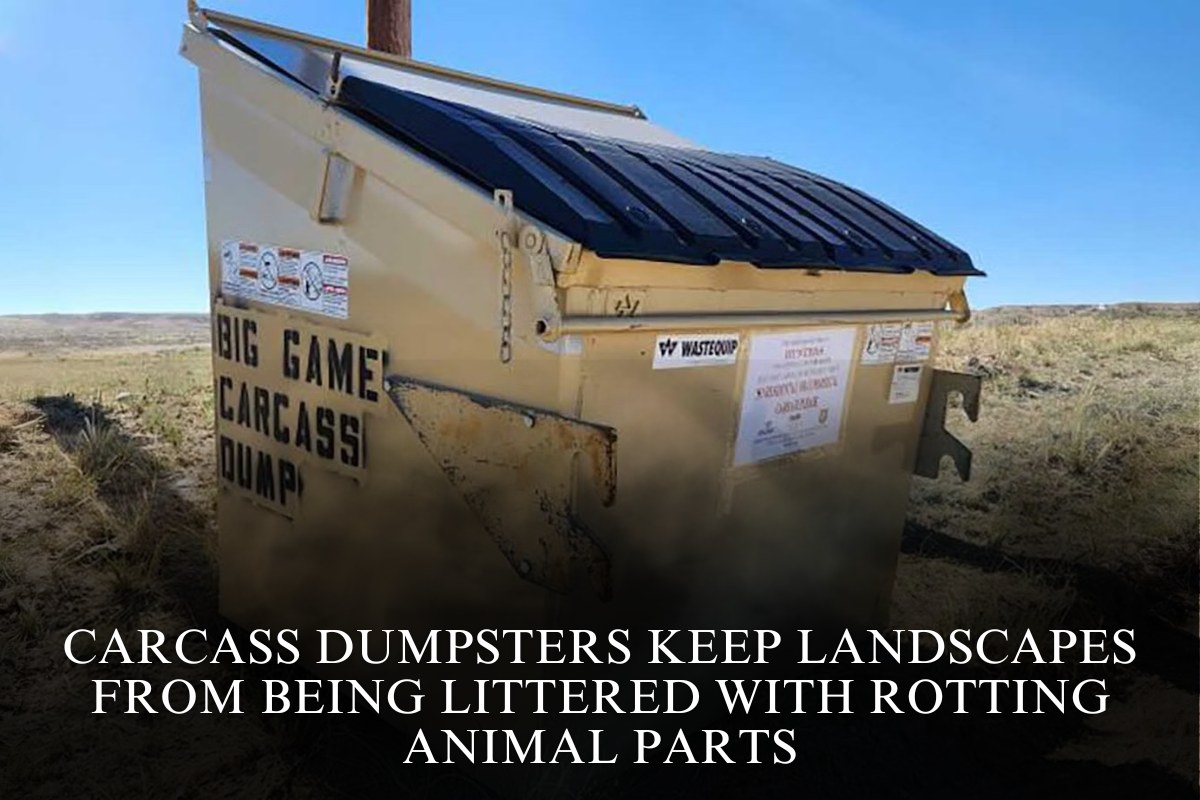Rocky Mountain Power appears to be on track to capture more of the nearly 30% rate increase that the Wyoming Public Service Commission blocked in 2023 after a federal judge ruled that the state’s adjustment cheated the company out of $23.5 million in reasonably incurred operating expenses.
It is unclear when or how Rocky Mountain Power will recoup the $23.5 million from Wyoming customers.
The Public Service Commission’s Secretary and Chief Counsel, John Burbridge, told Cowboy State Daily via email that he is unable to discuss the matter.
Rocky Mountain Power spokesman Jonathan Whitesides told Cowboy State Daily that there have been subsequent actions regarding the disputed costs. It will take some time to determine how much of that amount is still owed to the company, as well as how it should be recovered moving forward.
That is, assuming neither the Wyoming Public Service Commission nor Wyoming Industrial Electric Consumers (WIEC), an advocacy group for Wyoming’s large electrical customers, appeal the ruling.
WIEC attorney Thor Nelson told Cowboy State Daily that WIEC is reviewing its appeals options, as well as the overall decision, to better understand the impact on Wyoming consumers.
“Given the judge’s decision, there’s likely to be a rate increase that would flow from that, although what that looks like is a little bit complicated to figure out,” Mr. Nelson said. “So, we’re also trying to analyze that.”
Nelson added that the process for changing interest rates may differ this time.
“This is not a normal appeal from an agency action to a Wyoming court, where ordinarily you would then expect the matter to be remanded to the agency,” Mr. Nelson stated. “It was a separate complaint. As a result, the procedure for doing something different is a little unclear. Maybe much less clear.”
Nelson said the issue could be raised at the next pending energy cost adjustment hearing, which is scheduled for November.
“It’s possible that could be a vehicle where a rate increase would manifest itself,” Nelson pointed out. “But we’re waiting for Pacific Corps to decide what they’ll do with it.” And, of course, all of this is subject to the possibility that either we or the commission will appeal this decision.”
An appeal could result in a longer timeframe for recouping costs, possibly into next year or beyond.
Warren Buffet Gets A Break
According to Wyoming AARP Associate State Director Tom Lacock, the ruling is just the latest in a string of setbacks for Wyoming seniors on fixed incomes.
“Finally, Warren gets a break,” he explained. “But our concern is, what does this mean for people on fixed incomes?”
According to an AARP survey conducted in July, nearly two-thirds of Wyoming adults aged 50 and up reported significant increases in their electric bills, Lacock said. Many of those expressed concern that interest rates would continue to rise dramatically in the future, with no end in sight.
“When you have reached an age where you’re not going back to work and you are on a fixed income, every little bit matters,” Lacock told me.
Lacock has been following the work of an energy working group, which was established by the legislature to prevent large load customers from coming in and raising rates for everyone.
“Wyoming was one of the first to say, if you’re a large load customer, you bear the brunt,” Lacock told the crowd. “You can’t come in and make power scarcer, which raises the cost for everyone. “You must have your own tariff and contract with the energy company itself.”
The energy working group is revising and updating it, according to Lacock. He anticipates new legislation for the upcoming session that will protect residential customers from demand spikes caused by data centers and other high-load customers.
“I read not too long ago that Oregon’s data center use doubled between 21 and 23 and they actually had a record number of disconnections in 2023, because (consumers) saw that power cost increase,” said Lacock. “So hopefully we are insulating residential customers from similar issues or concerns.”
No Passing The Buck
While Rocky Mountain Power’s original rate increase request for 2023 was in the neighborhood of 30%, the current case addresses a much smaller portion of that total rate case.
The dispute centers on how much Rocky Mountain Power spent on reserve energy generation for interstate transmission, known as OATT. The Federal Energy Regulatory Commission (FERC) mandates both capacity and rate structures.
WIEC argued during the rate case that the company’s modeling was inflating costs beyond what they should be. They also claimed that the cost-allocation structure forced Wyoming customers to subsidize out-of-state customers.
“If (Pacific Corps) FERC-approved OATT rates are inadequate to recover its cost of serving non-native customers, it would be most appropriate for (Pacific Corps) to seek to recover the funds through its FERC rates, not through an increase to Wyoming customer’s rates,” Brad Mullins, the WIEC consultant at the time, said.
However, arguments about how to divide these costs have already been settled by case law, including the 1981 case Nantahala Power and Light Co. v. Thornburg, U.S. District Judge Kelly Rankin decided.
Wyoming cannot simply blame out-of-state customers because it is “dissatisfied with the allocation of costs between in-state and other customers,” according to Rankin. “That is exactly the reasoning prohibited by Nantahala and similar cases.
“Furthermore, suggesting that Plaintiff’s FERC-approved OATT rates might be inadequate seems tantamount to finding that they are unreasonable, which is the essence of state action that the filed rate doctrine was created to prohibit.”
Energy Landscape Growing More Complex
The court case comes in the midst of many moving parts for Wyoming, as well as at a time when public energy utilities are becoming increasingly complex across the country. Data centers have increased the demand for power in unprecedented ways.
Anthony Ornelas, Director of the Wyoming Office of Consumer Advocate, has been closely monitoring the situation for some time. He anticipates that the sector will continue to pose challenges for consumers for many years to come.
“The reality is we have aging infrastructure and increases in electrical demand unlike anything we’ve seen in several decades,” he told the newspaper. “At the very least, new infrastructure will be required to replace some of the existing infrastructure. And we’re dealing with issues that we hadn’t considered before, such as wildfire risk and liability.
Ornelas also mentioned that there has been instability in the coal and natural gas markets, as well as a shifting seesaw of federal and state policies, all of which have an impact on how utility rates are determined.
In the midst of this, momentum has grown to split PacificCorp into two entities. The three red states, including Wyoming, would separate from the three blue states, Oregon, Washington, and California.
Wyoming would be free to stick with abundant and reliable energy sources already available, such as coal and natural gas, rather than being pushed to support renewable sources of power like wind and solar, which Wyoming leaders have claimed are much more expensive to build.
Ornelas stated that the court ruling is being reviewed to better understand what it means for ratepayers.
“The dollar figure is $23.5 million, approximately, provided in the court case,” he told me. “But I don’t believe it’s as simple and straightforward as that. There have been multiple periods since the 2023 rate case, resulting in a large number of moving parts. We’ll be keeping a close eye on how things progress from here.












